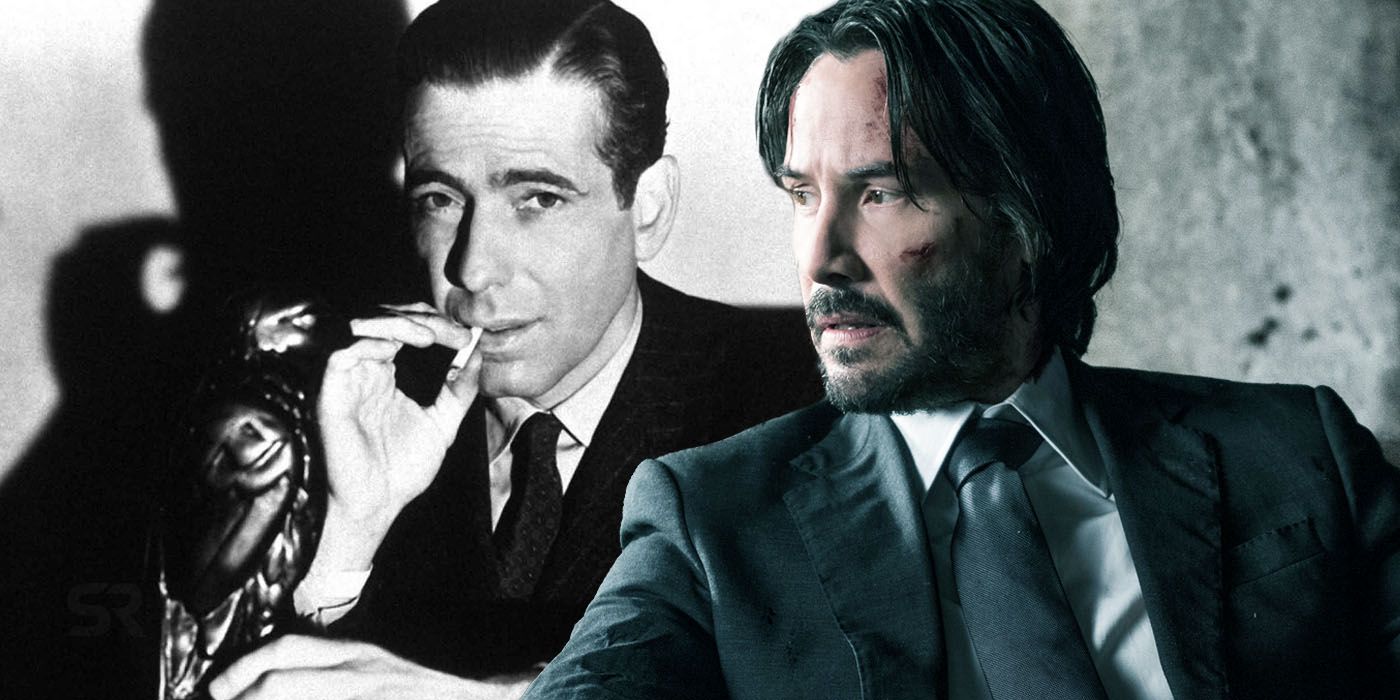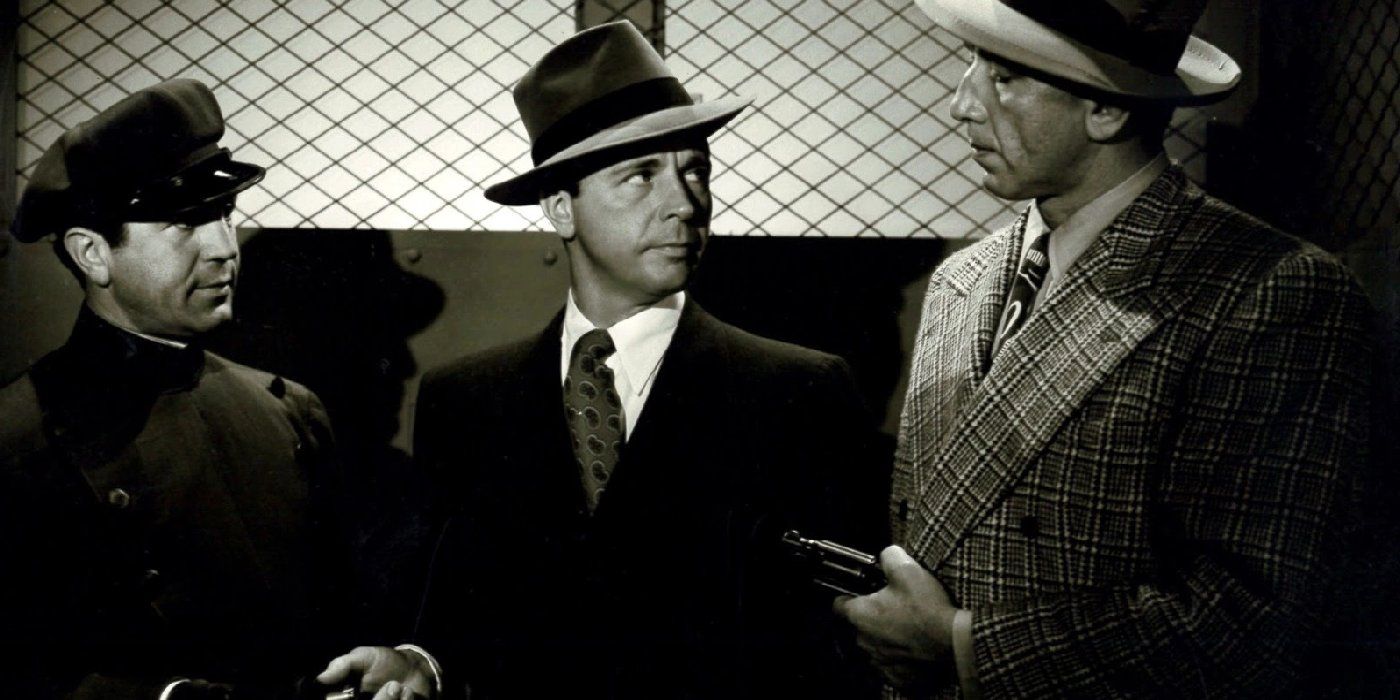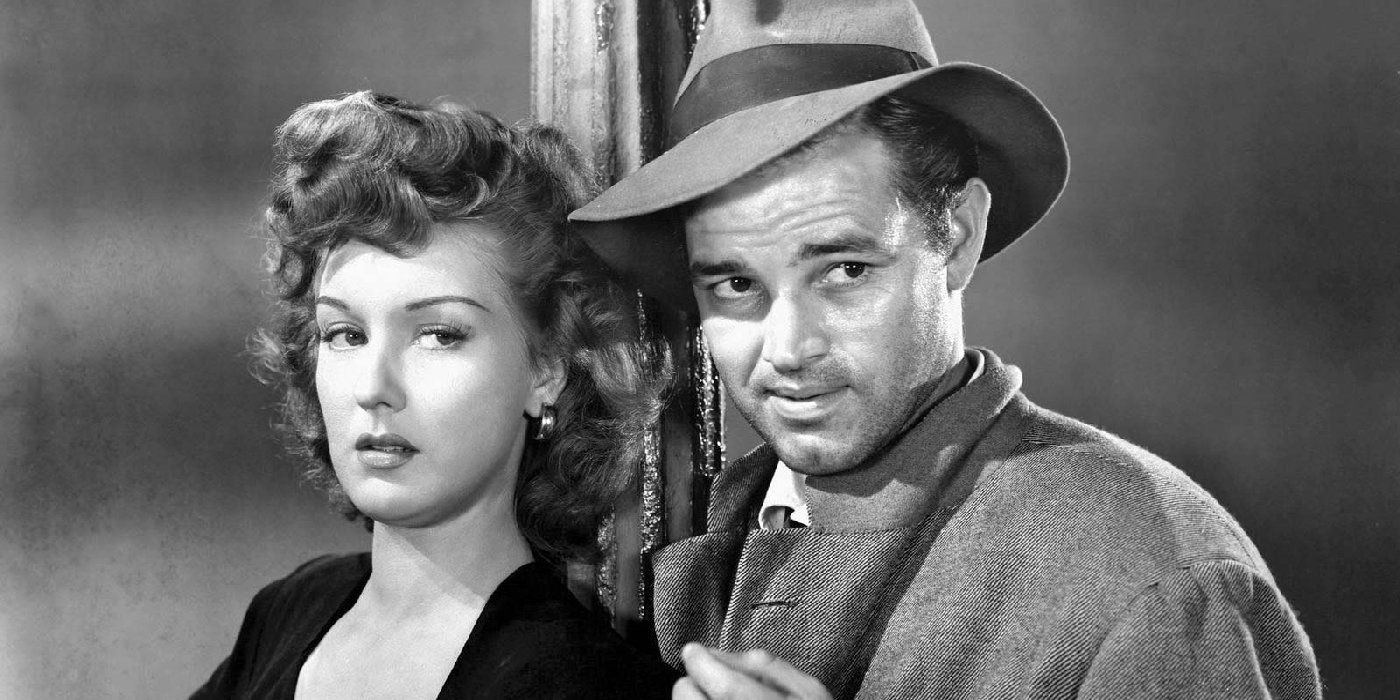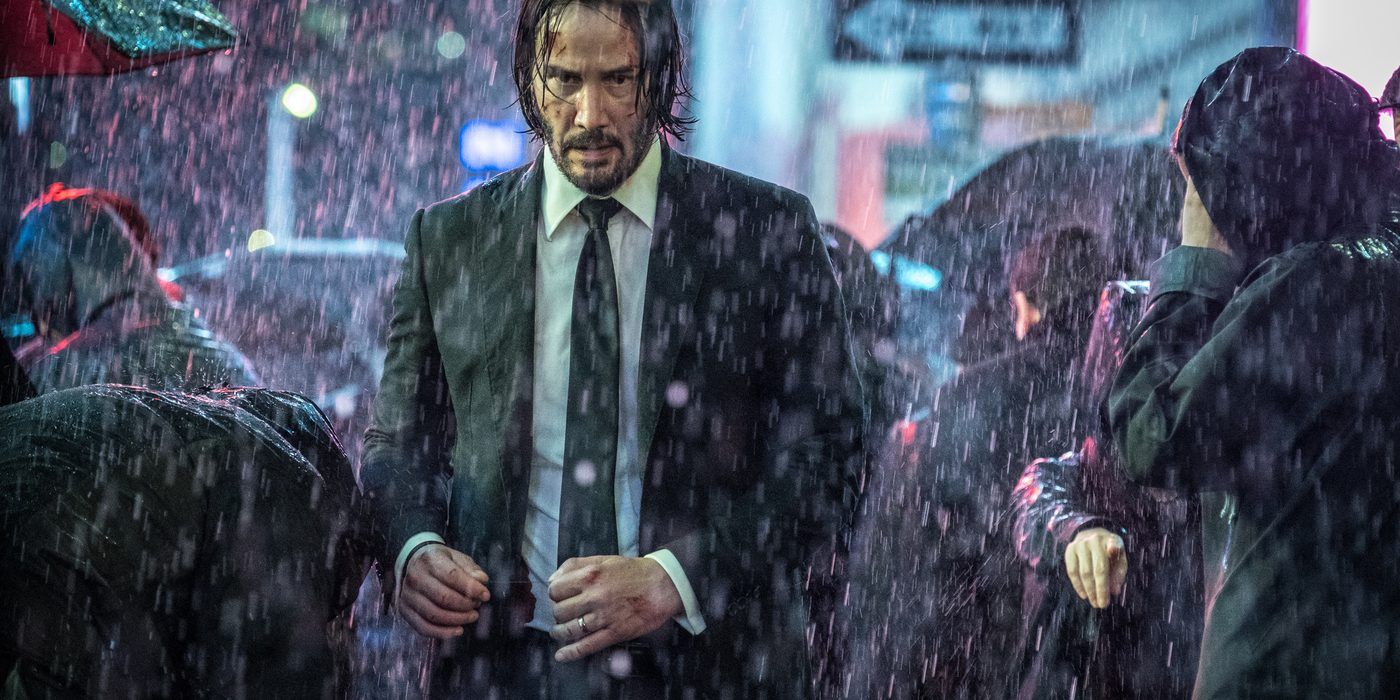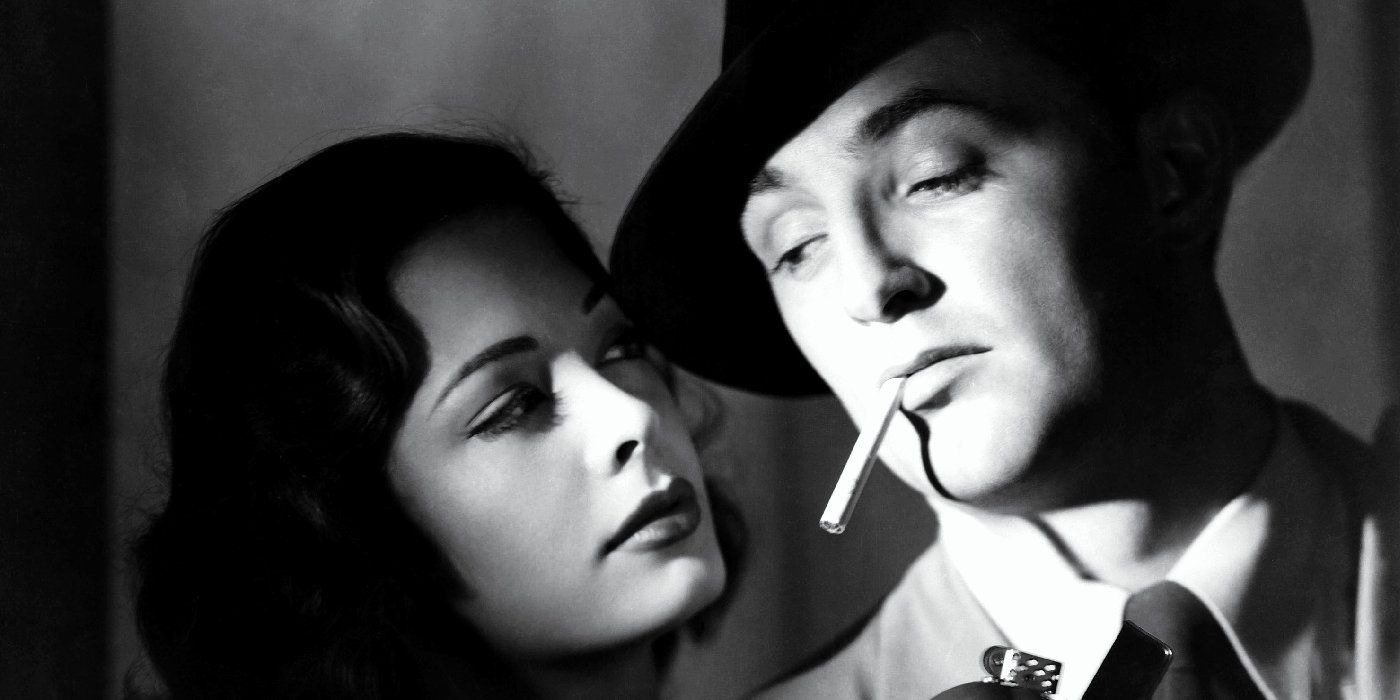Film noir has long been one of the most fascinating styles of filmmaking in the history of cinema. But what exactly is film noir? The answer to that question isn't as straightforward as it would be with science fiction, fantasy, romantic comedies, or other popular movie genres.
Film noir is more of a style than it is a genre, and that's why it's not limited to one category of cinema. It's the reason why film noir is so difficult to define, and why so many people disagree about what movies are film noir, and which ones aren't. To this day, movie critics are divided over the film noir status of beloved classics like Notorious with Cary Grant and Ingrid Bergman, 1950's Sunset Boulevard, and one of the most well-respected classic movies of all-time, Casablanca. There's also plenty of debate surrounding modern favorites as well, such as Christopher Nolan's Dark Knight trilogy.
Ranked: Judy Garland’s 10 Best Movies
Film noir is a style that goes back decades, and has persisted into the modern era. It has deep ties to the careers of some of the biggest icons in the Golden Age of Hollywood, including Humphrey Bogart, Robert Mitchum, Barbara Stanwyck, Orson Welles, Lauren Bacall, and so many more. Multiple big-name directors have tried their hand at film noir, with varying degrees of success. It's mostly been associated with American cinema, but its popularity has influenced filmmakers from all over the world. Over the decades, it's been blended with several other genres. Here's what you need to know about film noir.
The History of Film Noir
Film noir had its beginnings in the 1930s, but didn't really take off until the 1940s. Its origins are often attributed to attitudes of pessimism and anxiety that arose from World War II, but film noir wasn't inspired by any one cultural event. One contributing factor was literature. At the time, hardboiled detective stories and crime mysteries written by novelists like Dashiell Hammett and Raymond Chandler were in high demand. Adapting these books into movies is part of what created the framework for film noir.
In 1946, French critics came up with the term "film noir" to describe the dark mood of these new films, and the name stuck, even though it didn't become widely used until years later. Film noir became one of the most popular genres in the 1940s, and this continued into the 1950s. The 1940s and 1950s are still regarded as the high point of film noir.
Film Noir Style
What made telling these stories so difficult was the Motion Picture Production Code, a set of moral guidelines that affected all American movies beginning in 1930. Back then, there was no MPAA, or a rating system to give films age restrictions like "PG-13". The Production Code forced all films to obey the same rules. Under the new rules, there was so much that movies weren't allowed to show. A person couldn't be killed on-screen, kissing scenes couldn't be too long, bad guys could never get away with their crimes, and so on. While some movies avoided these problems by telling different kinds of stories, others viewed the Production Code as a challenge, and found ways to subvert the rules using suggestive dialogue, new lighting techniques, shadows, and more. Filmmakers also embraced the black & white B-movie format. Black & white film was less expensive than color, and it enhanced the mood.
Related: 10 Classic Movies Everyone Should Stream on The Criterion Channel Now
There are a number of characteristics that help define the film noir style, though not all need to be present for it to be a considered a film noir. Many of these movies are centered around flawed, cynical protagonists or anti-heroes who help reflect a gloomy, dark, and pessimistic tone. The lead character is often a private eye or detective. Whoever the main character is, he's generally thrust into a convoluted plot that involves numerous twists and turns, betrayals, cover-ups, corruption, scandals, and perhaps most importantly, a femme fatale. Deadly, ruthless, and seductive women are a fixture of film noir, and one of its biggest appeals, considering that other genres at the time employed much more innocent depictions of female characters.
Neo-Noir/Modern Film Noir
The golden age of film noir is over, but its influences are still present in modern cinema, hence the rise of "neo-noir." The newer films don't have to go by the same rules, since the Production Code ended in 1968. A film that's considered "neo-noir" can be characterized by the same elements found in the older films, such as femme fatales, anti-heroes, and complex storylines. Plots also involved mystery and crime, but not exclusively. A modern noir movie doesn't have to be about a detective trying to solve a murder, or a private eye getting mixed up with a woman who murdered her husband. For instance, science fiction movies like Blade Runner have enough of these qualities for film historians to classify them as film noir. Other modern movies that share this label are John Wick, The Girl With the Dragon Tattoo, and A Walk Among the Tombstones.
Classic Film Noir Examples
Among the most notable examples of classic film noir are Double Indemnity, Laura, Vertigo, and This Gun for Hire. One of the earliest -- and most famous -- is The Maltese Falcon. Directed by John Huston, the 1942 film starred Humphrey Bogart as Sam Spade, a private eye who gets dragged into a mystery that revolves around the whereabouts of a priceless artifact. A beautiful woman and several nefarious individuals stand in the way of Sam Spade's objective. The movie exhibits all of the qualities expected from a film noir.
There's also Gilda from 1946, which stars Glenn Ford as a bodyguard caught in a love triangle with his narcissistic boss and his beautiful, carefree ex-girlfriend played by Rita Hayworth. Gilda is an interesting movie because for the most part, it's more of a story of hate than it is of love. Gilda takes a typical Hollywood love story and turns into something dark and twisted. The main characters' hatred for each other is exemplified by Rita Hayworth's line, "I hate you so much that I would destroy myself to take you down with me."
In Out of the Past, Robert Mitchum plays Jeff, gas station owner with a shady past trying to start a new life with his girlfriend, but is forced back into the world of corruption and crime. Mitchum's character proves to be more heroic than most film noir protagonists, but despite his every attempt to do the right thing, he dies at the end of the movie. The real gut punch though, is that the movie ends with the woman he loves falsely believing that Jeff was the criminal that everyone painted him to be. Like other movies in the genre, Out of the Past doesn't have a happy ending, and that's one of the things that makes the artistic style of film noir so unique. With movies this dark, audiences can't expect the good guy to win every time.

